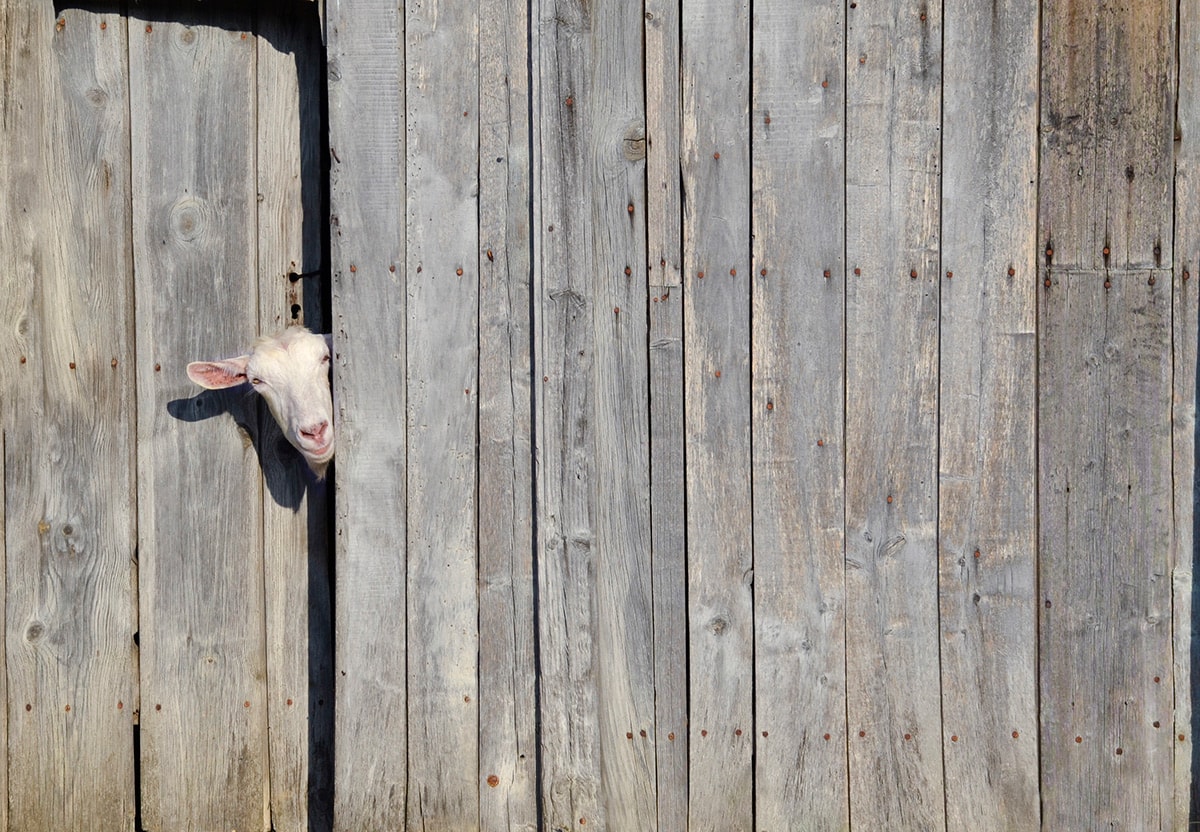Goat meat is reported by the US Department of Agriculture to be lower in fat, saturated fat, and cholesterol than beef, pork, lamb, chicken, or turkey. It is also higher in protein and iron than any of these meats. Goat meat is high in vitamin B12 and has balanced amino acids.
Since goats are ruminants, goat meat is also a good source of conjugated linoleic acid (CLA,) a fatty acid that prevents and cures cancer and many inflammatory conditions in laboratory animals. Results of clinical studies with CLA in humans are still pending. There is much interest in the potential role of CLA in human health and nutrition.
Foods derived from ruminants (cattle, sheep, goats, deer, elk, moose, antelope, and buffalo) are the primary sources of conjugated linoleic acid (CLA) in human diets. Meat, milk, cheese, yogurt, and butter from ruminants are all good sources of CLA. Products from non-ruminants (pork, poultry, eggs, and fish) are not significant sources of CLA, even when grass fed.
Much research has been done on factors affecting the amounts of CLA in milk and meat of ruminants. In 2004 R.C. Khanal and K.C. Olson from Utah State University Dept. of Animal, Dairy, and Veterinary Science published a review of the research done to that date, citing one hundred and thirty references. Most of the work has been done with cattle and most of that work with milk, including goat milk.
Based on very limited studies with sheep and goats there were no great differences between cattle, sheep, and goats in levels of CLA in the meat or milk. Type of feed appears to be the biggest factor affecting CLA levels in milk and meat. Animals on immature high quality pastures produce the highest levels of CLA. Animals on mature goat pastures, preserved forages such as hay and silage, or high concentrate mixed rations produce lower levels of CLA than animals on good quality pastures.
Research shows that animals on pastures having a large variety of different forages produce more CLA than animals on pastures with only a few types of forages. This is a strong argument for grazing cattle and goats together on the same pasture. Each species prefers different goat grasses, legumes, weeds, and sprouts. When a pasture is fully socked with just one species of ruminant the forages that the species likes best usually get killed out from over grazing and one ends up with only a few forages which can tolerate heavy grazing.
Stocking with both cattle and goats put less grazing pressure on each species of forage. Stocking both cattle and goats also reduces internal parasite problems in both species.
It has also been shown that cattle grazing at high elevations in the Alpine Mountains of European produced higher levels of CLA in their milk. I believe that this may be a result of these cattle grazing on the equivalent of early spring forages throughout the grazing season.
In the Alps cattle are wintered in the valleys and graze in the valleys during early spring. Then as the snow line recedes up the mountains they are moved to higher elevations by herdsmen to graze new forages just below the snow line.
Wild elk in the Rocky Mountains of North America have a similar grazing pattern, wintering in the valleys and moving to higher elevations throughout the spring and summer as the snow line recedes up the mountains. I believe that similar effects could be achieved with cattle and goats at lower elevations through rotational strip grazing combined with mowing the strips immediately after the stock is removed.
Irrigation may also be needed with this system to achieve lush forages during dry seasons.
Selling Goat Meat From the Farm
Many meat goat producers sell goat meat directly to the consumers. To sell meat directly to a consumer the animals must be slaughtered in a United Sates Department of Agriculture (USDA) inspected plant and must be one of the approved meat goat breeds.
Federal inspectors (veterinarians) must be present all the while animals are being slaughtered and while the meat is being processed. The cost of these inspectors is paid by the processing plant.
This makes the slaughtering of sheep or goats in most USDA inspected plants, on a small scale, very expensive. Some plants charge as much as about $2.00 per pound of meat. There are markets for certified organic goat meat and natural grass fed goat meat. These products are being sold to health food stores, restaurants, and directly to consumers often using the internet.
The Cypress Valley Meat Company has 2 of the 5 USDA inspected slaughter facilities in Arkansas. The company is trying to get goat & lamb meat into main stream marketing. They will custom slaughter, USDA inspect, package and private label your meat for “from the farm sales”. There is a $35 kill fee plus 50 cents/lb. (dressed weight.)
If you sell goat meat and want us to include you on our site, please contact us here at Critter Ridge and we will gladly add you to our list.












Leave a Reply